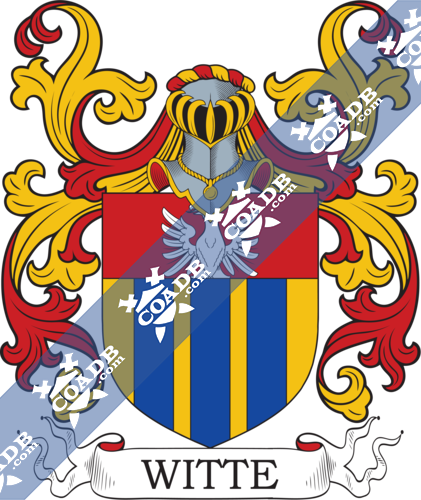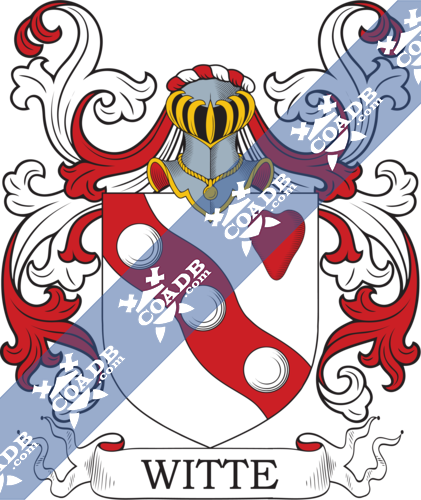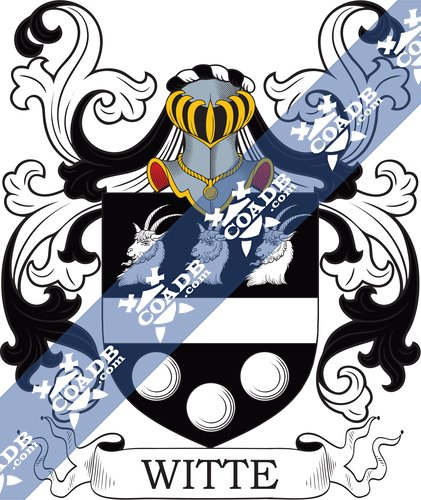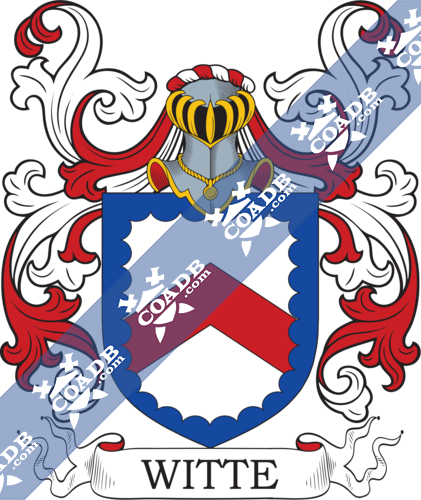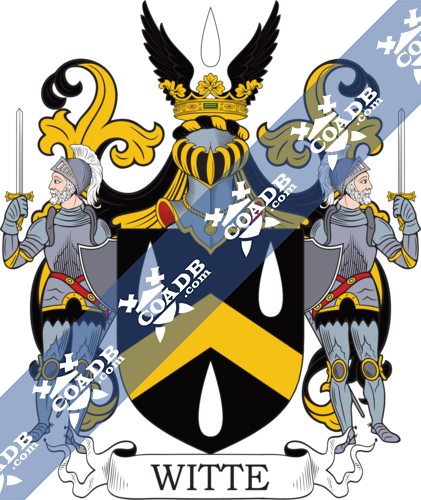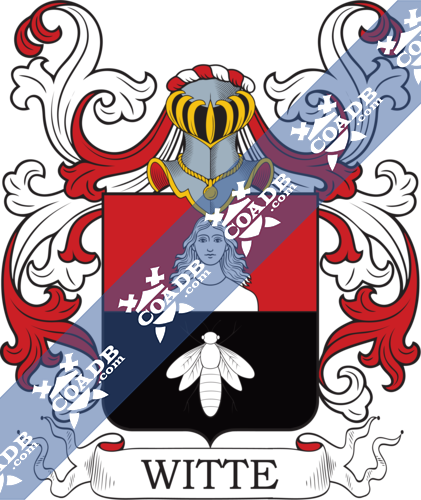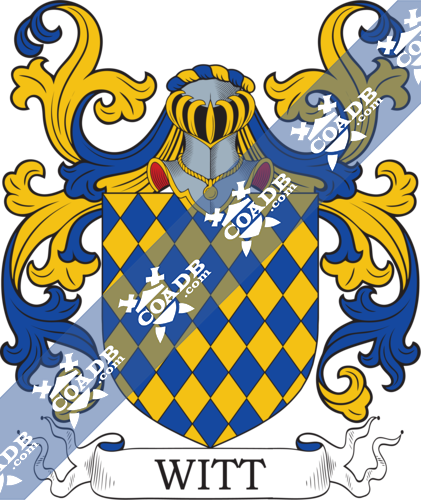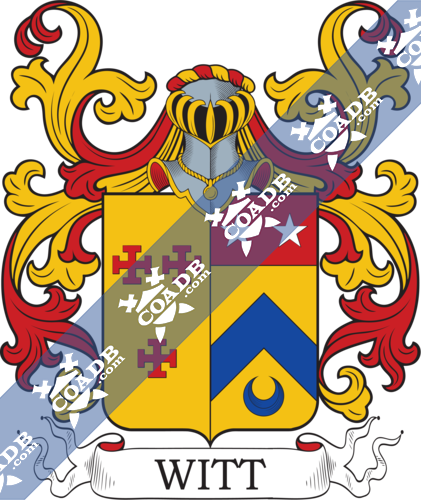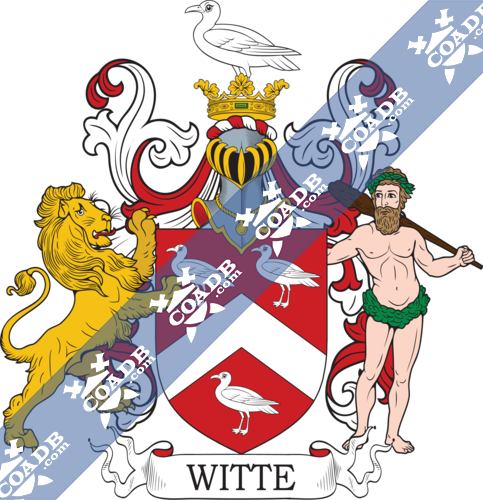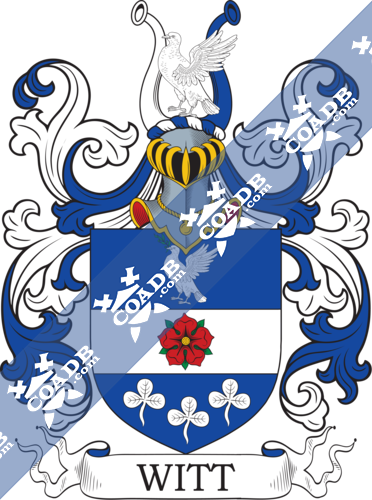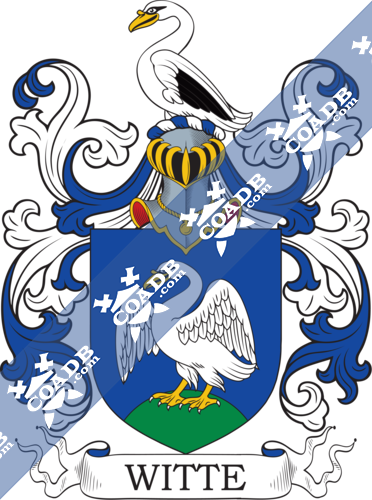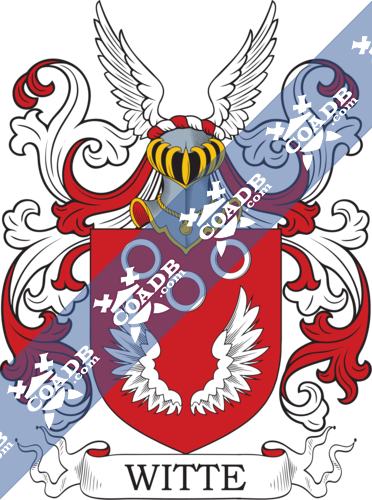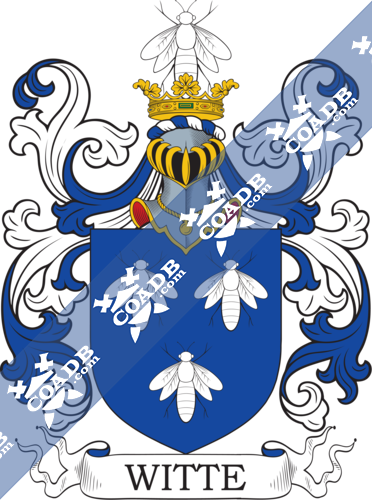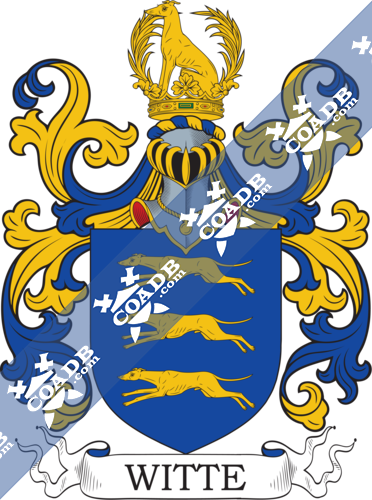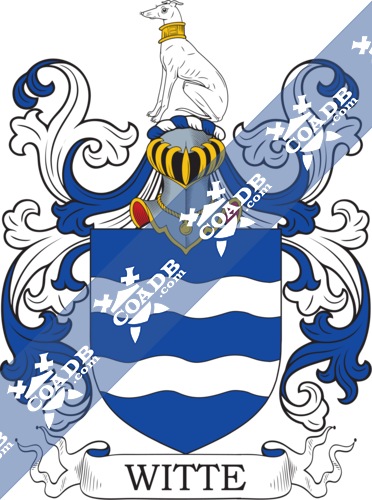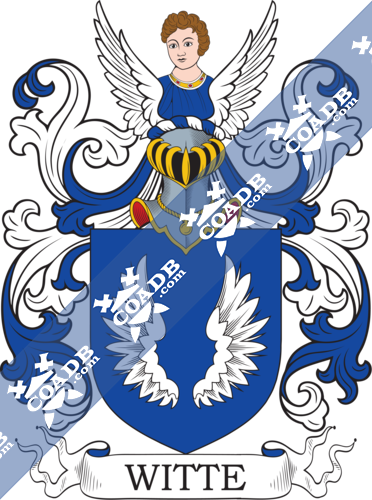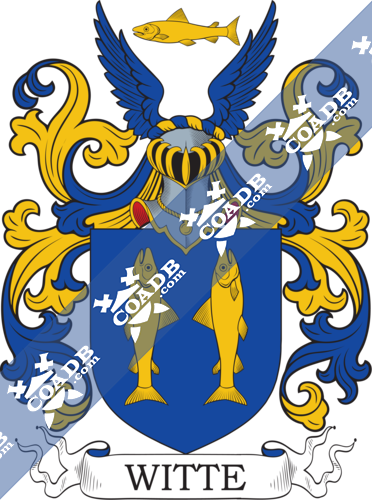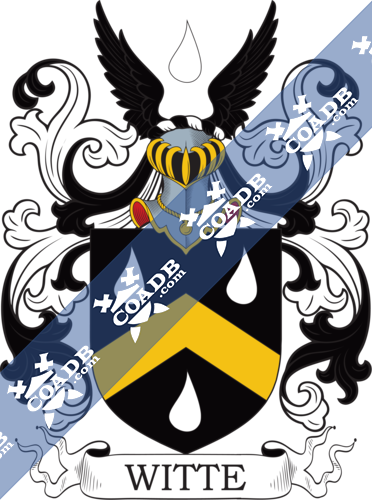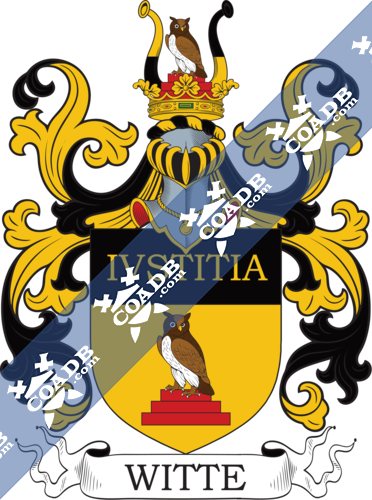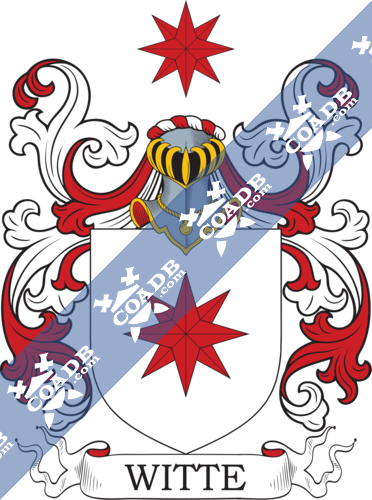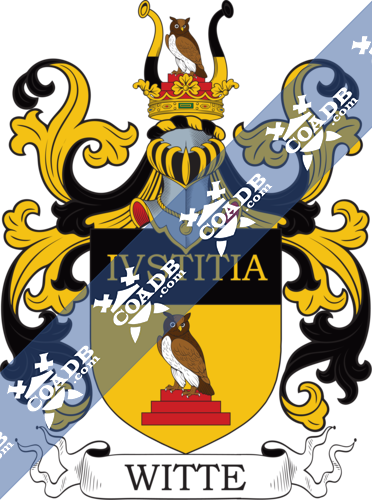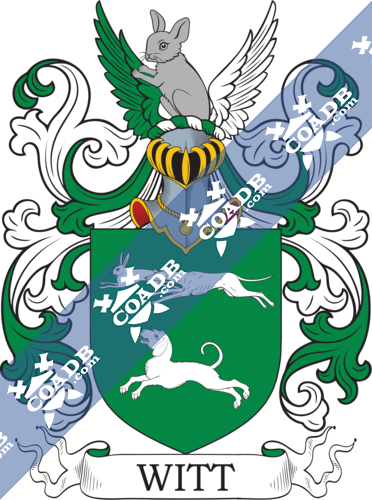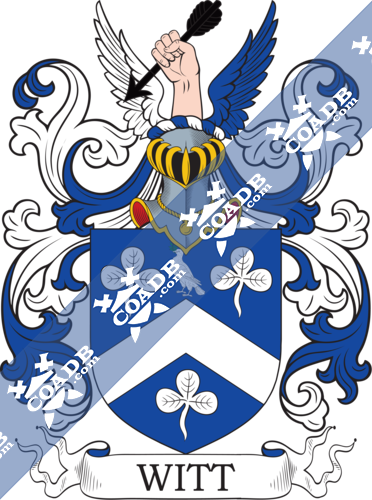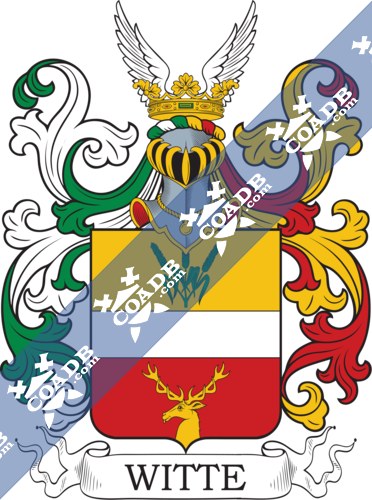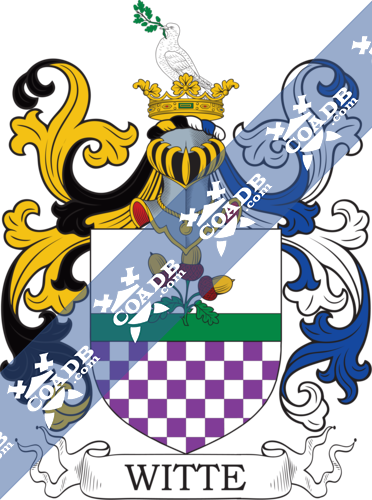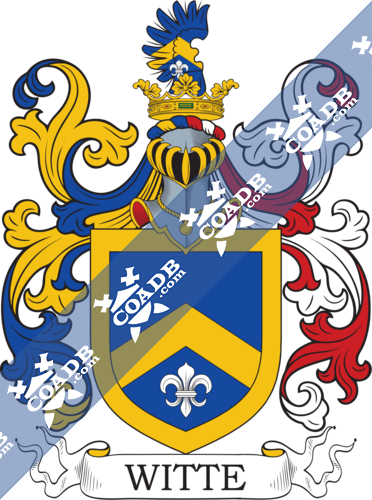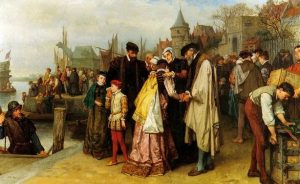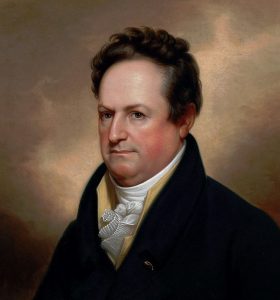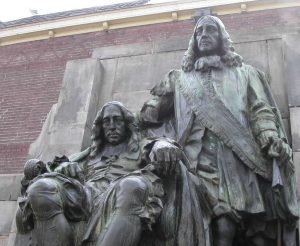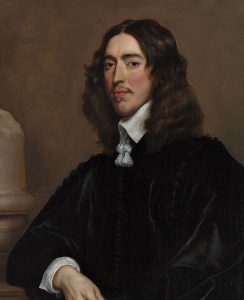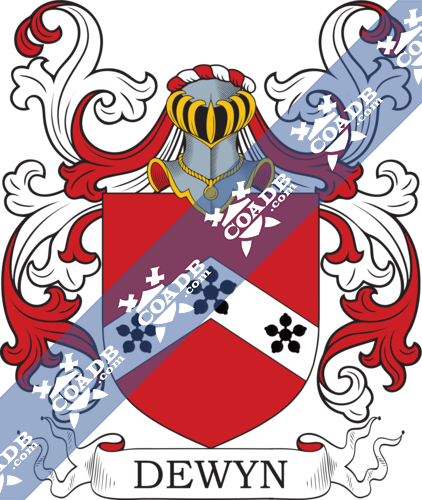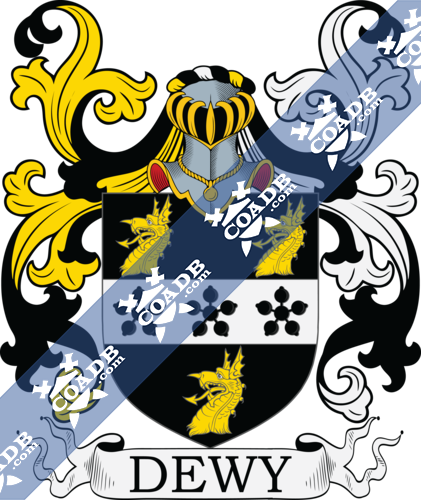Dewitt Family Crest, Coat of Arms and Name History

Dewitt Coat of Arms Gallery
Don’t know which Coat of Arms is yours?
We can do a genealogical research. Find out the exact history of your family!
Learn MoreThis popular surname is a surname of Dutch or Flemish origins, deriving from the German and/or Anglo-Saxon word hwita, meaning white. Many European nations have last names named after the color white: White (England, Ireland, Scotland), Weiss (Germany), and others. It is thought such names developed as nicknames for people who had a fair/pale complexion or fair/blonde hair. Alternatively, it may have been a name (perhaps derogatory in nature) for the Norse/Viking Danish people who invaded northern Europe in medieval times. A third origin story of theory is that it developed as a baptismal name given to a person who was pure. The name has a variety of spelling variations and forms, including: Witt, Witte, Dewitte, Dewett, Dewit, Dewitt, Dewhitt, and Dewitty.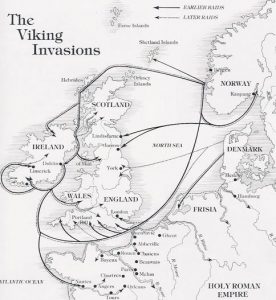
Evidence suggests the family was originally from France, where their name was often spelled deWitte or DeWhitt. The DeWitts were an old French patrician (upper Bourgeoisie) and regented (political leaders of the Dutch Republic) family. The DeWitts of Dordrecht, Holland were said to be Calvinist, often known as Huguenots. These DeWitts are said to have fled from France to Holland.
One source asserts the name was first established in the city of Dordrecht in present day South Holland. The progenitor of the family was Jan de Witte, who lived around 1295 AD. The family was known for its opposition to the royalists associated with the House of Orange-Nassau. Another source claims the de Witte family originated in the city of Antwerp, Belgium, and were likely members of the Hanseatic League. One of its first known members was Adriaan de Witte (1464-1549). One branch of this family established itself in the city of Amsterdam. A member of this pedigree was Peiter DeWitt (born 1520) who was a captain in the Civil Guard and a prominent merchant.
The name made its way into England from mainland Europe during and after the Norman Invasion of 1066 AD. The Dewitt family established itself in Cheshire, where they held seat (land and titles) as Lords of the Manor of Bredbury.
The American branch of this family was founded of this name by Tjerck Claessen DeWItt, who came from Holland in around 1653. He married Barbara Andriessen. It is interesting to note that two members of this family, Colonel Cornelius DeWitt and Colonel Reverend Thomas Dewitt, both served on General George Washington’s staff during the American Revolution.
This common last name is often associated with a figure from European history, a Catholic named Jan De Witt (1625-1672) and his brother Cornelius. He was the Grand Pensionary (Prime Minister) of the Dutch Republic. He was the rival of the protestant William of Orange, the Prince of Orange, Stadholder of Holland, Zeeland, Gelderland, Utrecht, Overijssel who later became King of England, Ireland, and Scotland. This rivalry ended when Jan was butchered and eaten by a rioting mob!
Some early bearers include Jan de Witte who lived in 1295 AD, Richard Dewit who was documented in the city of London in 1564, and Guilbert de Witt (who married Katharine Chaplain in London in 1686).
As of the 2000 Census, the Dewitt last name ranked 1,268th in the United States. It ranks highest in the following four states: Michigan, Indiana, Wyoming, and Kansas. The name is somewhat less common in Canada, coming in at about 5,470th in popularity.
One of the first Dewitts in America was Tierck Claaase DeWitt who came to New Netherlands (a colony of the Dutch Republic that later became the British New York) sometime around 1640 AD. Other early colonial American immigrants bearing this surname include Jacob Dewitt (Virginia 1637), Pieter Janse Dewitt (New York 1652), John DeWitt (New Jerset 1738), and Henry DeWitt (New York 1775). In Australia, a one John De Witt came to the city of Adelaide in 1849 aboard the John Woodall.
Here is one genealogy or pedigree of the family: Jan deWitt was born in 1600 in the Netherlands. His son Pieter Janszen de Witt wasborn in 1633 in Leiden, South Holland. He went to colonial America. He married Dorethe Volckers and had the following children with her: Volkert, Pieter, Pieter Pieters, Marytje, and Catrina de Witt. The son Pieter Pieters DeWitt was born in Leiden and 1650 and went to New York with his father. He married Sarah Albertse and had a son with her named Barent. Barent de Witt (also known as Van Cohn) was born in Holland in 1665. He married Saran Van Tassel and had the following issue with her: Paulus, Petrus, Catharina, Barent, and Sara. His son Paulus was born in Phillipsburg, Westchester, New York, Sleepy Hollow. He married Catherinus Johnson and had two sons with her: Paulus and Isaac. His son Isaac was born in Sussex County, New Jersey in 1741. He married Jerusha Price and had the following issue with her: Ann, Catherine, Isaac, John, Mary, and Elizabeth.
Some notable members of this family include: 1) Dewitt Clinton (1769-1828) who was a United States Senator from New York, Mayor of New York City, and later a governor for that state, who was the son of Mary Dewitt, who descended from the Dutch patrician Dewitt family, 2) Baron Leon Alphonse Ernest Brundo de Witte de Haelen (1857-1933) who was a Belgian General in World War I, 3) Jan de Witte (1475-1540) who was a Flemish priest that became the first Bishop of Cuba (1518-1525), 4) Gaspar de Witte (1624-1681) who was a Flemish painter of landscapes, and 5) Edwin Emil Witte (1887-1960) who was an economist considered to be “the father of Social Security”.
I have identified two Dewitt family mottoes: Tute vide (See yourself) and De par Dieu patrie d’abord (For God’s homeland first).
Blazons & Genealogy Notes
1) de Witt – Heusden – D’azur à la fasce d’argent ch d’une rose de gueules boutonnée d’or barbée de sinople la fasce acc en chef d’une colombe essorante du second tenant en son bec un rameau d’olivier de sinople et en pointe de trois trèfles rangés aussi d’argent Cimier la colombe entre deux proboscides d’argent et d’azur
2) de Witt – Hollande – Coupé au 1 d’azur à une colombe d’argent le vol levé tenant en son bec un rameau d’olivier au 2 d’azur au chevron d’argent acc de trois trèfles du même Cimier une main issante en pal tenant une lance de tournoi en fasce le tout entre deux demi-vols
3) de Witt – Belgique – De sinople à un lièvre courant poursuivi d’un lévrier tous deux en chef et un chien braque courant en pointe levant la tête verse le lièvre le tout d’argent Cimier le lièvre issant entre un vol de sinople et d’argent (Armes du grand-pensionnaire Jean de Witt)
4) de Witt dit Soudenbalch – P. d’Utrecht (or de Witt – Dordrech) – Losangé d’or et d’azur
5) de Witt dit Vrencke – P. d’Utrecht – D’azur au chevron d’argent acc de trois trèfles du même en chef une colombe d’argent tenant en son bec un rameau d’olivier de sinople et perché sur la cime du chevron Cimier une main de carnation tenant une flèche de sable entre un vol d’argent et d’azur
6) de Witt ou de Wit – Amsterdam – Les armes de Brese-Winiary: Parti au 1 d’or à trois croix potencées de gueules au 2 d’or au chevron d’azur acc en pointe d’un croissant du même au chef de gueules ch de deux étoiles d’argent.
7) P. d’Overyssel – Coupé au 1 d’or à trois épis de sinople mouv d’une seule tige feuillée du même au 2 de gueules à une tête et col de cerf d’or mouv de la pointe A la fasce d’argent brochant sur le coupé Casque couronné Cimier un vol d’argent Lambrequin à dextre d’argent et de sinople à senestre d’or et de gueules
8) Prusse – (An., 8 janv. 1816) – Coupé au 1 d’argent à une branche de chêne de sinople fruitée au naturel posée sur un tertre du second au 2 échiqueté de pourpre et d’argent Casque couronné Cimier une colombe d’argent tenant en son bec une branche de chêne de sinople Lambrequin à dextre d’or et de sable à senestre d’argent et d’azur
9) Schwarzbourg-Sondershausen – (An., 18 déc. 1829) – D’azur au chevron d’or acc en pointe d’une fleur-de-lis d’argent l’écu bordé d’or Casque couronné Cimier un demi-vol aux armes de l’écu (moins la bordure) Lambrequin à dextre d’or et d’azur à senestre d’argent et de gueules
10) Allemagne – Un cygne le vol étendu soutenu d’une terrasse Cimier le cygne issant
11) Courlande – (Comm. du Baron TiepoId) – De gueules à deux demi-vols adossés d’argent acc en chef de trois annelets du même 2 et 1 Cimier un vol d’argent
12) Harlem – De sable au chevron d’or ch de trois pignates du champ et acc de trois meules de moulin d’argent vues de profil
13) de Witte – Hollande – D’azur à trois abeilles d’argent Casque couronné Cimier une abeille d’argent
14) de Witte – Hollande – Écartelé aux 1 et 4 d’argent à un cor de chasse de sable lié de gueules enguiché et virolé d’or aux 2 et 3 de gueules à trois trèfles d’or
15) de Witte – Flandre – D’azur à trois lévriers courants d’or l’un sur l’autre Casque couronné Cimier un lévrier assis d’or entre deux palmes du même
16) de Witte – Hollande, P. de Louvain – D’azur à deux fasces ondées d’argent Cimier un lévrier assis d’argent colleté et bouclé d’or
17) de Witte – Zélande – Voir von Weissenberg: D’azur au vol d’argent Cimier un buste de jeune homme habillé d’azur les bras remplacés par deux ailes d’argent.
18) de Witte – – D’azur à deux saumons adossés d’or Cimier un saumon d’or en fasce entre un vol à l’antique d’azur
19) de Witte – P. d’Utrecht – De sable au chevron d’or acc de trois larmes d’argent Cimier une larme d’argent entre un vol de sable Lambrequin d’argent et de sable
20) de Witte – Bruges – (An., 7 nov. 1857) – D’or à trois pals d’azur au chef de gueules ch d’une aigle éployée issante d’argent
21) de Witte – Brabant – De gueules au chevron d’argent acc de trois mouettes du même Casque couronné Cimier une mouette essorante d’argent Tenants à dextre un lion d’or lampassé de gueules à senestre un sauvage de carnation ceint et couronné de lierre armé d’une massue Devise TUTE VIDE
22) de Witte – Anvers – (Barons, 15 oct. 1853) – D’argent à la bande ondée de gueules ch de trois besants du champ et acc au canton senestre du chef d’un coeur du second
23) de Witte – Bruxelles – De sable à la fasce diminuée acc en chef de trois têtes et cols de bouc rangées en fasce et en pointe de trois besants 2 et 1 le tout d’argent
24) de Witte – Flandre – D’argent au chevron de gueules à la bordure engrelée d’azur
25) de Witte – Flandre – De sable au chevron d’or acc de trois otelles d’argent Heaume couronné Cimier une otelle de l’écu entre un vol de sable Pour le porteur du titre Couronne de baron Tenants deux chevaliers de carnation armés de toutes pièces la visière levée tenant chacun une épée d’argent garnie d’or abaissée Devise DE PAR DIEU PATRIE D’ABORD (pour le baron Léon et ses descendants)
26) de Witte – Bruxelles – Conf. de nob. 31 décembre 1858; Conc. du titre de baron, 15 novembre 1921 – Coupé au 1 de gueules à un buste de femme d’argent au 2 de sable à une abeille d’argent
27) de Witte – de Leverghem – Flandre – (An., 16 août 1686; barons, 22 nov. 1823. M. ét. le 6 juillet 1834) – D’or à une chouette au naturel posée sur trois socles superposés de gueules le premier moins large que le deuxième et celui-ci moins large que le troisième au chef de sable ch du mot IVSTITIA en lettres d’or Casque couronné Cimier la chouette sur les socles entre deux proboscides coupées alternativement d’or et de sable Lambrequin d’or et de sable.
28) de Wittenheim – Esthonie – (Nob. du St-Empire, 29 mai 1795) – D’argent à une étoile (8) de gueules Cimier l’étoile.


